
Hello everyone, my readers. Today I want to talk about the protection of microgreens as this topic is now relevant. Also today I will start a step-by-step process of growing peas, radishes and sunflowers. I apologize in advance for the long time of absence. There have been some changes in life that have derailed both work and other affairs.
So let's get started. Flies can get on farms, which is quite an unpleasant thing, as it can damage your crop. But there are several ways that together can help prevent this. The best is prevention, but if you have already started, you need to do the following:
Minimize the temperature in the room (18-23 degrees Celsius), good ventilation and treatment of racks and microgreens. If with the first two it is possible to solve quickly that with processing it is necessary to work.

Metoflox can be used to treat racks. It contains active substances that prevent the development and neutralize the fly. Remember that this drug is intended only for treatment of premises and racks.
Microgreens can never be processed. I use Lepidocide and Bitoxybacillin to treat the microgreens themselves. In Ukraine, it can be removed in any store for the garden and vegetable garden. With these two drugs, we treat the microgreens themselves.

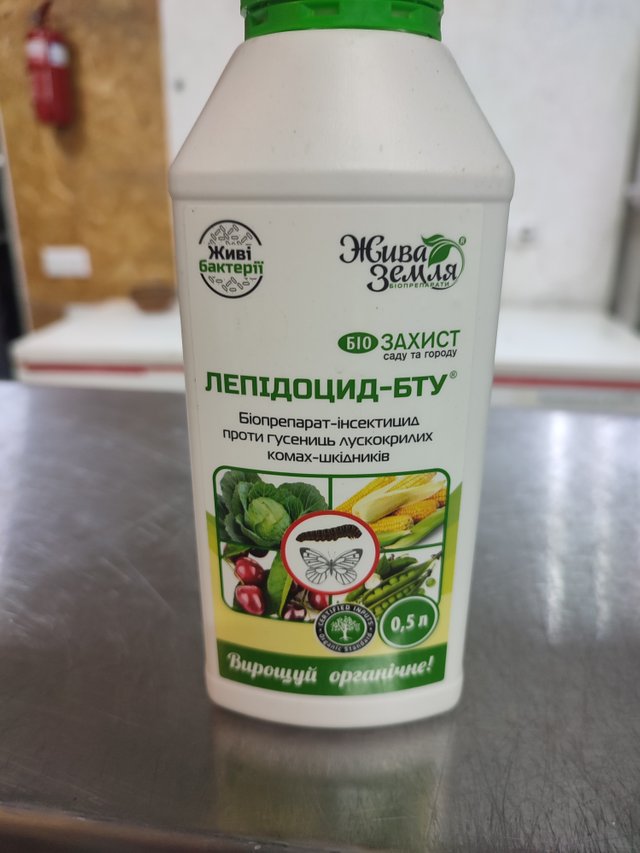
Now for the new seed and the step-by-step process.
For peas you need to take water two or three times more than the weight of peas, ie three liters of water per kilogram of peas. Although it is possible and more as the peas increase in size. Hydrogen peroxide (30 milliliters per liter of water) should be added to the water. You can also saturate with oxygen with a conventional aquarium compressor. This process is called barobatization.


The same can be done with sunflower seeds and radishes, but you can add less water to the radish. I soak the seeds for one day. After that, I put them on a sieve for 6-8 hours, so that the seeds germinate a little sprouted with oxygen. A small Life Hack: when you drop the seeds on a sieve, be sure to make a hole in the seed so that the water drains better.



After the seeds have stood, scatter in containers. It is important that the seeds lay in one layer. If there is more, you will not grow well. After that we stack containers on each other. I stack no more than seven. And on top we put an empty container and something in it for the press. This is done so that all the seeds grow to the same height in the future.




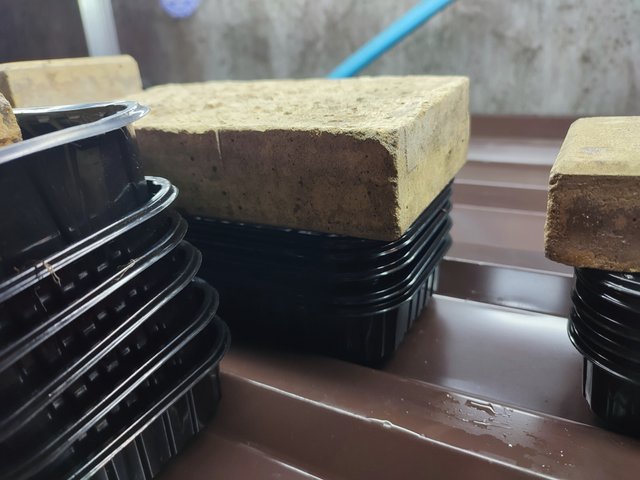

During this time you need to treat with protective, biological fluids such as Mycohelp and Phytohelp and complex fertilizers A and B. I will do everything comprehensively: mix fertilizers A and B and add to the solution Phytohelp and Mycohelp add to the solution to soak the substrate. Seeds can also be treated with a growth accelerator, usually only biological.


Under this pressure, the seeds should stand for about two or three days, after which they can be exposed to light. At this point you need to water with water as the substrate could lose some moisture. You can also add fertilizer or growth accelerator to the water. And then you follow the growth, the development of greenery.








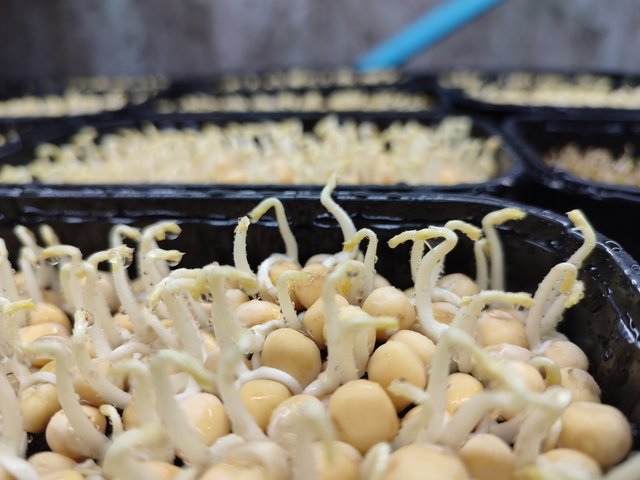














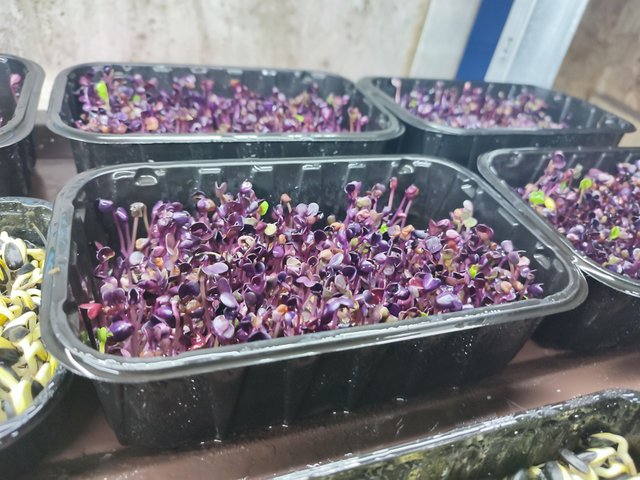













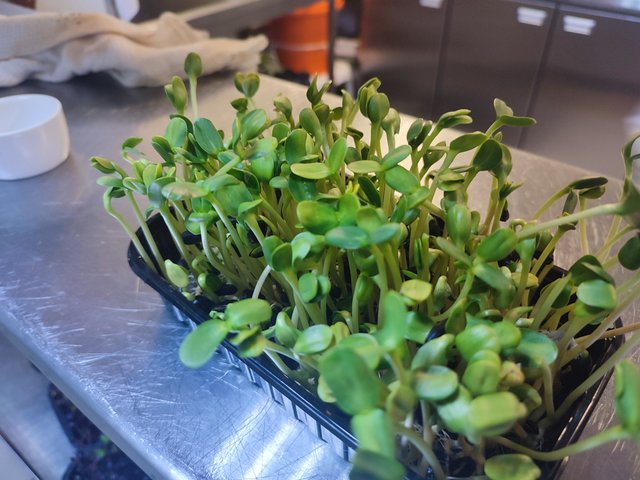


On average, ready greens can be in 10-12 days, depending on the conditions. Radishes can be cut for 10-11 days. So is sunflower and peas.
I hope you will be interested in this information. Now my free time is becoming more and I can use it to share with you the experience and knowledge I have gained. So please support me, it will be clear to me who is interested in this topic. Write comments, correct if something is wrong. Subscribe. Microgreens are our future and our health.
So good to see, you are back again with an update :-) Thank you so much for sharing!
Downvoting a post can decrease pending rewards and make it less visible. Common reasons:
Submit
And thank you very much for reading my blog. This is very important and pleasant for me.
Downvoting a post can decrease pending rewards and make it less visible. Common reasons:
Submit
these are so cool I have been trying to sprout a few things myself
Downvoting a post can decrease pending rewards and make it less visible. Common reasons:
Submit